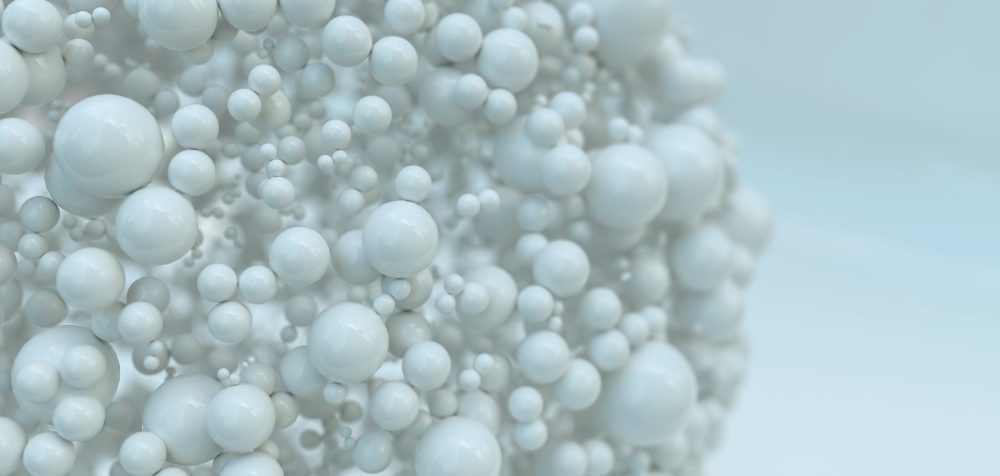
A group of scientists and engineers from The University of Texas at Austin, the University of California Riverside, the University of Colorado Boulder, and the University of Utah has created a new class of materials that can absorb low energy light and transform it into higher energy light. The new material could prove useful in new technologies such as: bioimaging; light-based 3D printing; more efficient solar panels; more accurate medical imaging; and better night vision goggles and light sensors that can be used to help self-driving cars travel through fog and other low-light conditions.
The new composite material is made up of ultra-small silicon nanoparticles and organic molecules similar to those used in OLED TVs, and can efficiently move electrons between its organic and inorganic components. This gives it the ability to turn long-wavelength photons – the type found in red light, which tends to travel well though tissue, fog and liquids – into short-wavelength blue or ultraviolet photons, which are the type that usually make sensors function. Taking low energy light and making it higher energy also has the potential to boost the efficiency of solar cells by allowing them to capture near-infrared light that would normally pass through them. When the technology is optimized, capturing low energy light could reduce the size of solar panels by 30%.
“This process gives us a whole new way of designing materials,” said Sean Roberts, an associate professor of chemistry at UT Austin. “It allows us to take two extremely different substances, silicon and organic molecules, and bond them strongly enough to create not just a mixture, but an entirely new hybrid material with properties that are completely distinct from each of the two components.”
